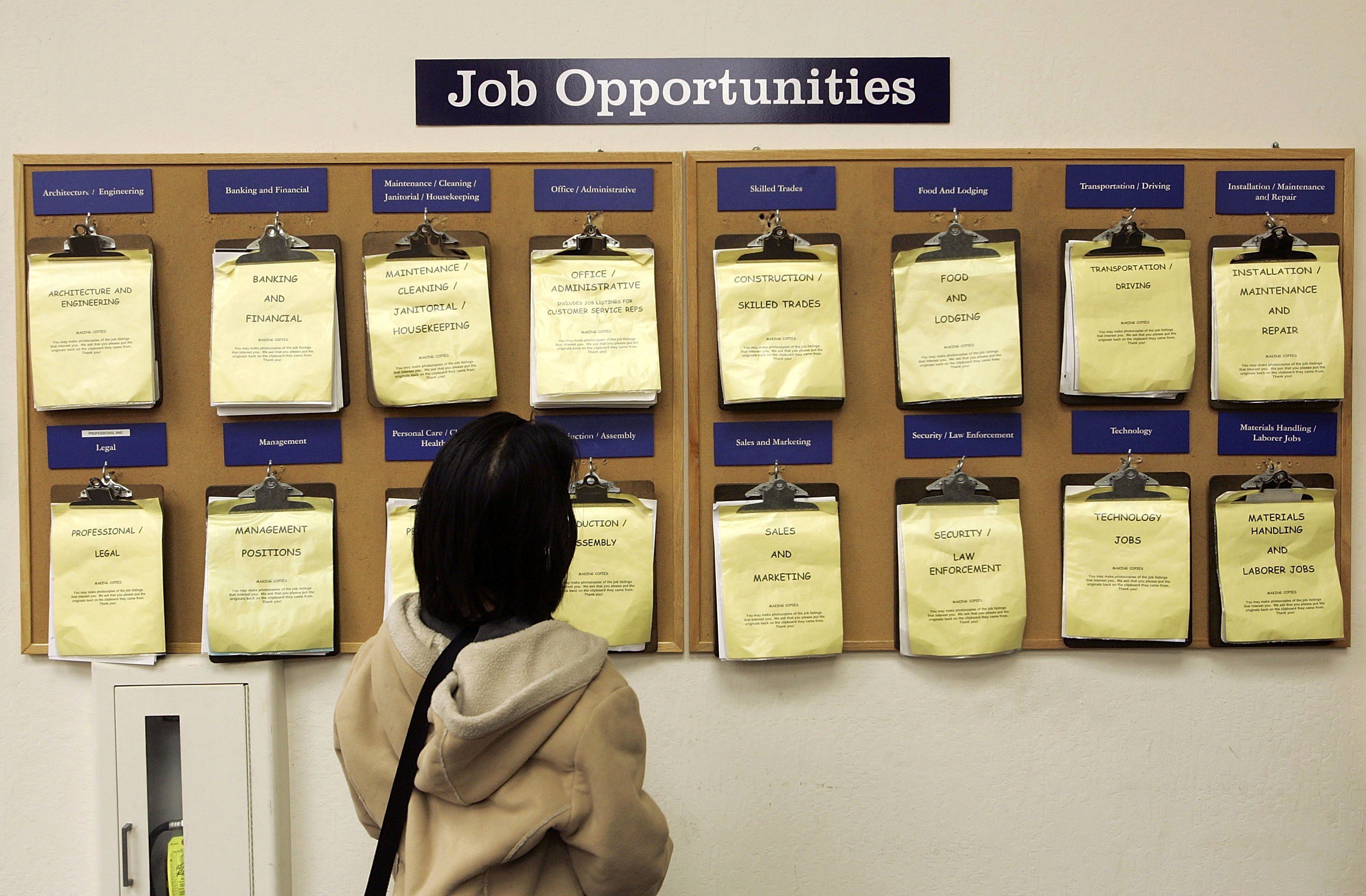
It was another tough day for European and US markets yesterday in the wake of concerns that the Federal Reserve’s aggressive stance on inflation will drive the global economy into recession, as the soaring US dollar exports an inflationary shock across the world.
Asia markets have managed to stabilise somewhat with Chinese markets surging on more unsubstantiated reports that the Chinese government is looking at a reopening strategy. The FTSE 100 had a positive session yesterday that was more to do with the weakness of the pound, with the Bank of England once again delivering a muddled message when it comes to monetary policy.
Having raised rates by 75bps to match the Federal Reserve’s rate hike the day before, Governor Bailey then spent the next hour undermining that message in what can only be described as painting a bleak outlook when it comes to the performance of the UK economy. While one might commend his honesty, he hasn’t made the Bank's job of dealing with the inflation problem any easier given that the pound is one of the main transmission mechanisms in combatting rising prices. In undermining the currency, he’s simply making the problem more difficult to deal with. All that was missing was Private Frazer from Dad’s Army wandering around muttering “we’re all doomed”, so gloomy was the messaging, which makes the UK government's determination to crush the economy even further with spending cuts and tax hikes in the upcoming budget even more bewildering
The key message was that rates were unlikely to go anywhere near as high as markets were pricing, with the central bank keen to blame the recent mini-budget for the fact that the outlook was so gloomy, and that they were doing their best to try and keep rates as low as possible. This tone certainly suits the Bank of England’s narrative as it shifts the focus away from their own culpability with respect to current inflation levels. It is true that they have a very difficult task but part of it is of their own making given their own failures in spotting that inflation was not as transitory as it thought it was. It was this time last year that inflation gauges were flashing red while the central bank procrastinated in November before hiking in December. The fact is if the bank hadn’t kept rates low for so long, and even flirted with the idea of negative rates as recently as two years ago, they wouldn’t be in the unholy mess they are in now. Fortunately for them recent political mistakes have let them off the hook, but make no mistake their fingerprints are still all over the mess we are seeing today.
In light of this week’s negative market reaction to this week's Fed meeting and the Powell press conference in particular, the focus is now set to return the October non-farm payrolls report later today, as well as next week’s US CPI report. The Federal Reserve continues to see the labour market as particularly tight, especially when looking at the fairly low participation rate, and any weakness here in the coming months could take some of the heat out of the recent rise in yields and surge in the US dollar. After Wednesday the market appears to think the Federal Reserve is on a mission and won’t stop until something snaps. The fear is that it might be the global economy if they continue to hike without any regard for the effect the soaring US dollar is having on the rest of the world.
The very low unemployment rate is perhaps one of the reasons why the US labour market has managed to hold up well despite concerns over slowing consumer spending and increased costs on the part of some US businesses. Weekly jobless claims numbers have continued to decline from the highs of around 260k that we saw in the summer, despite rising evidence that companies are starting to shed staff in large numbers. So far these job losses don’t appear to be showing up in the headline numbers, while the October ADP report showed a big jump of 239k earlier this week. This is largely because the number of job vacancies is still high with little sign of a slowdown as we head into the Thanksgiving and Christmas period. This also tends to be a period when companies take on a lot of temporary hires heading into year-end as they gear up for Black Friday and Cyber Monday which means the US labour market is likely to remain tight well into next year.
The September payrolls numbers were decent, coming in at 263k, while the unemployment rate fell to 3.5%, although that was largely down to a similar drop in the participation rate to 62.3% from 62.4%. This continues to be a puzzle given the continued rising cost of living and the fact it is 1% below the levels it was pre-pandemic, when it was at 63.4%. September also saw wage growth slow from 5.2% to 5% which isn’t exactly ripping up any trees either, falling to its lowest level this year. This is expected to fall further in October to 4.7% Expectations are for jobs growth to 195k which would be the lowest number this year, along with the unemployment rate ticking back up to 3.6%..
EUR/USD – broken below trend line support from the recent lows at 0.9750 opening up the risk of a move back towards the October lows at 0.9670. Resistance now comes in at the post Fed peaks at 0.9975.
GBP/USD – ugly day for the pound slipping below the 50-day SMA and trend line support from the recent lows, potentially opening up a move towards 1.1100 and the 1.1060 area, as well as the October lows at 1.0925.
EUR/GBP – broke above the 50-day SMA and looks set to retest the 0.8780 area, as well as the October peaks at 0.8860 area. Support comes in at the 0.8670 area.
USD/JPY – dipped back towards the lows last week at 145.10, pre the Fed announcement before rebounding strongly from the 145.60 area. A move through the 149.20 area retargets the 150.00 area.
Disclaimer: CMC Markets is an execution-only service provider. The material (whether or not it states any opinions) is for general information purposes only, and does not take into account your personal circumstances or objectives. Nothing in this material is (or should be considered to be) financial, investment or other advice on which reliance should be placed. No opinion given in the material constitutes a recommendation by CMC Markets or the author that any particular investment, security, transaction or investment strategy is suitable for any specific person. The material has not been prepared in accordance with legal requirements designed to promote the independence of investment research. Although we are not specifically prevented from dealing before providing this material, we do not seek to take advantage of the material prior to its dissemination.























